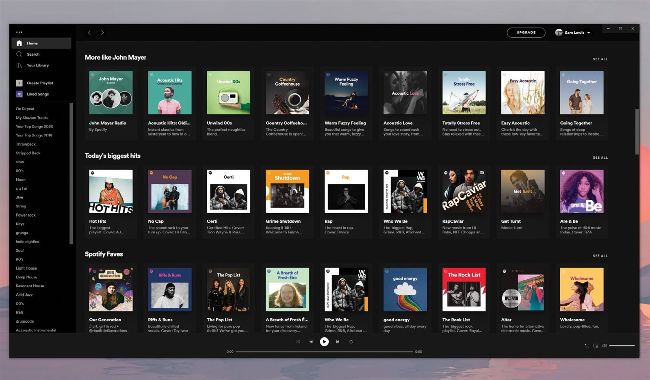Spotify vs. Tidal
Which music-streaming corner should you back?

Everything you need is right in front of you when opening the Spotify app.
© SPOTIFY
BEFORE EACH of the streaming sites starts throwing punches, we need to take a step back to 2011, when the way we consume music began to change. This was when Spotify was widely released and gave the world a new way to experience music consumption. Users could search for and listen to any song that was on Spotify’s online library. As a whole, we no longer physically own music; we stream it. Spotify was one of the key founders to push and innovate this new audio age, in which music streaming is a very common household service. For the full packages, you pay a monthly subscription instead of outright physically owning the music—we will dig deeper into this a little later. Since creating this advance in audio listening, Spotify has always been at the forefront of the sector.
Moving on to 2014, and we have a new competitor in the music streaming industry: Tidal. Artist-owned, Tidal aims to deliver the best sound quality within the audio streaming world. Its partnership with MQA (Master Quality Authenticated) enables it to house the biggest catalog of master audio files. Tidal’s been making its name with its focus on audio quality and has been rising in popularity since launch, but where does it stand against Spotify?